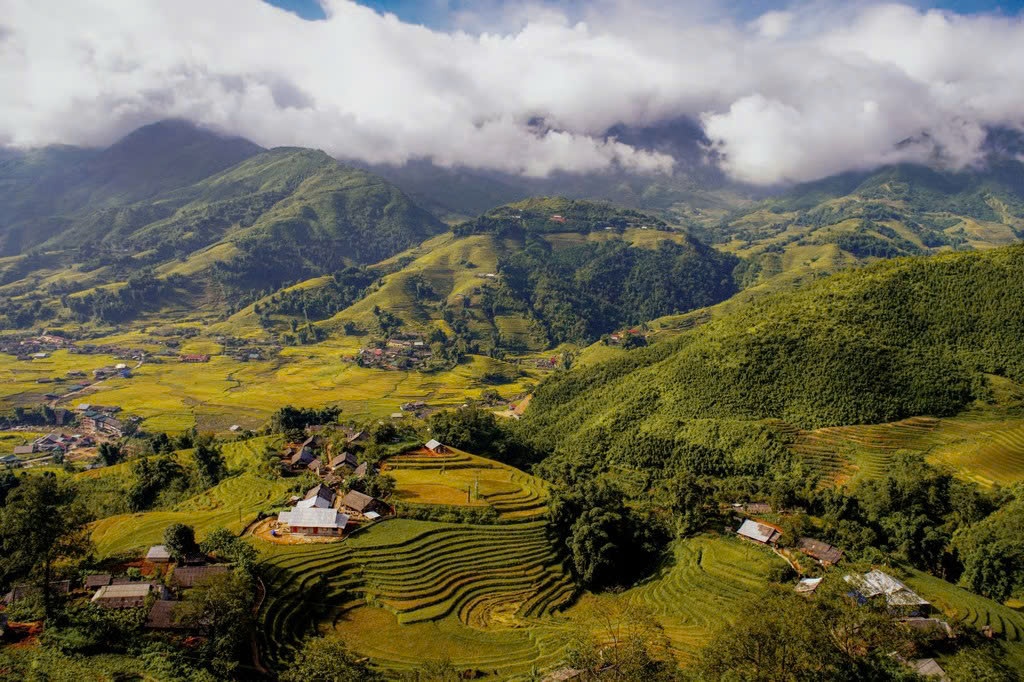
Ta Van Village (Sa Pa, Lao Cai Province) is considered by foreign newspapers to be an "ideal destination" for those who want to get away from the crowds. Photo: Lu Nhat Thuyen. |
Villages perched precariously on mountain slopes across Asia offer breathtaking vistas, mesmerizing views and farming techniques that have been passed down for generations, according to SCMP .
Rice is grown on steep terraced fields, houses are built solidly to withstand the harsh weather. Indigenous culture is not only preserved but also thrives, separate from the hustle and bustle of city life.
Whether accessed by mountain pass, jungle trail or cable car, these six villages invite visitors to slow down, take a deep breath and experience a lifestyle shaped by altitude, heritage and unique landscapes.
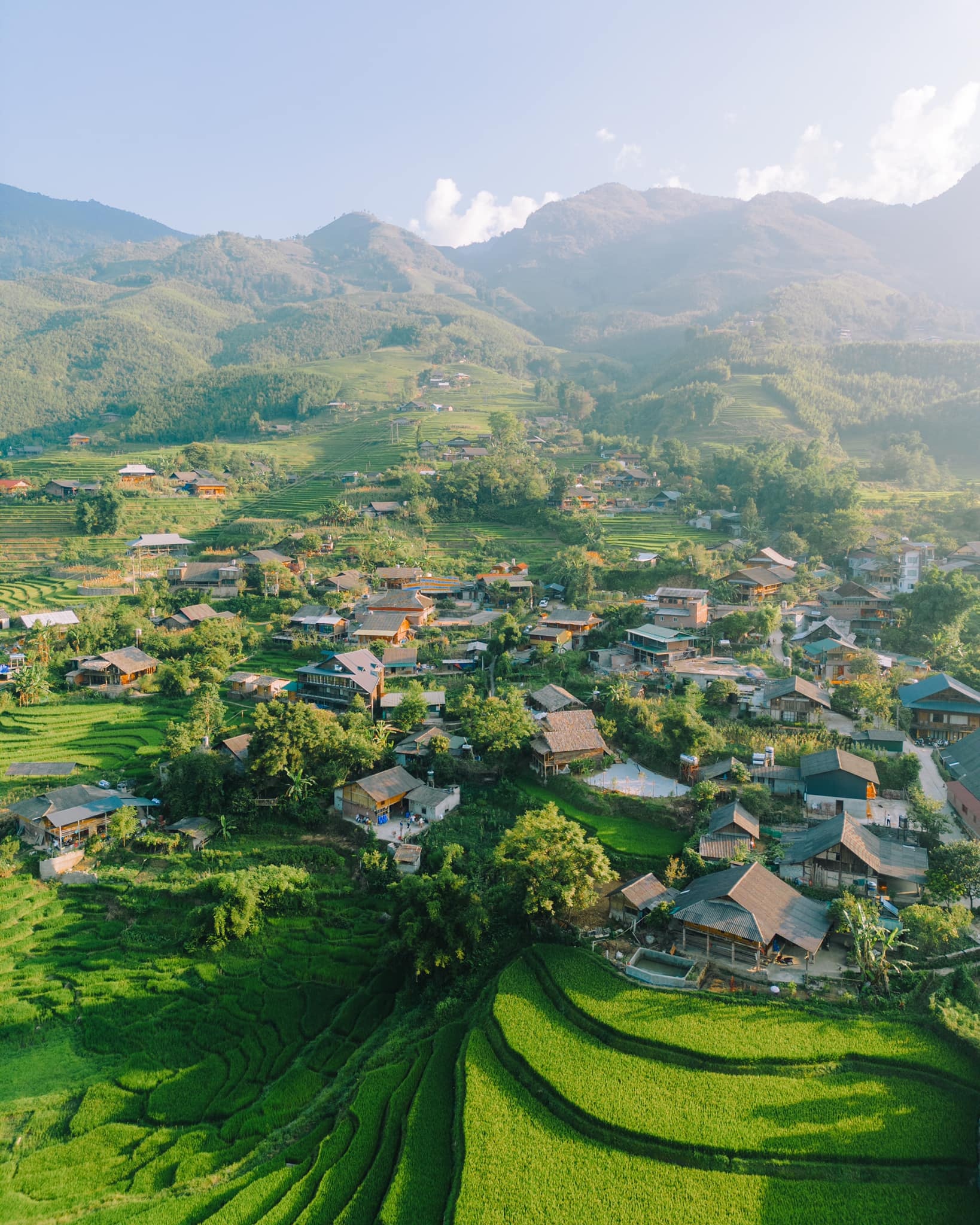
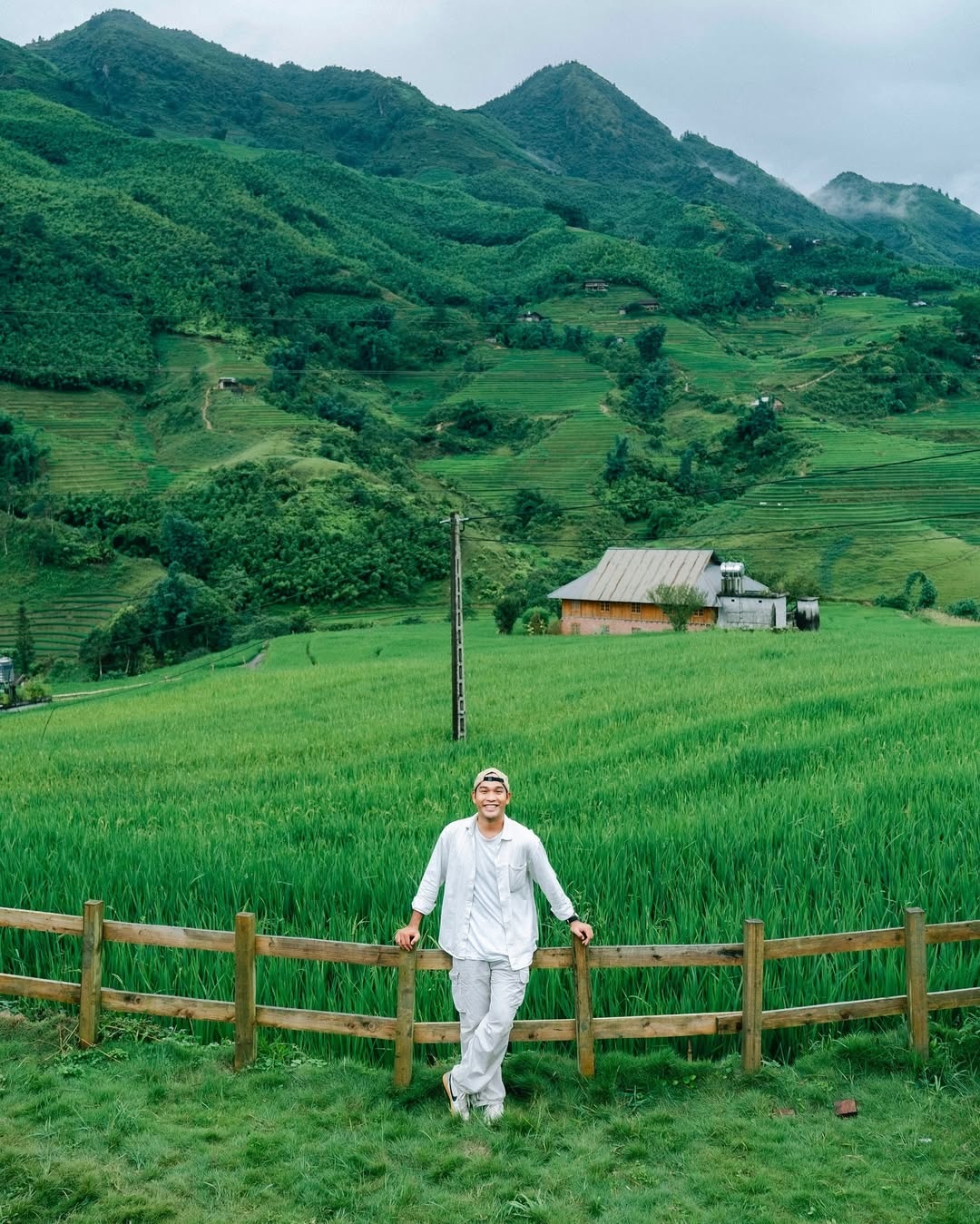
Ta Van (Vietnam) : 12 km from Sa Pa town (Lao Cai province), Ta Van nestles in a lush green valley, home to the Giay and H'Mong people. Traditional stilt houses are scattered among the terraced fields that change color with the seasons, surrounded by streams, waterfalls and rustling bamboo forests. Unlike the crowded Cat Cat village, Ta Van maintains a slow pace of life. Visitors can rent motorbikes to explore further villages, or simply follow the trails to watch the sunrise turn the valley golden. Photo: Bui Quang Thuy, Blog Cua Rot.
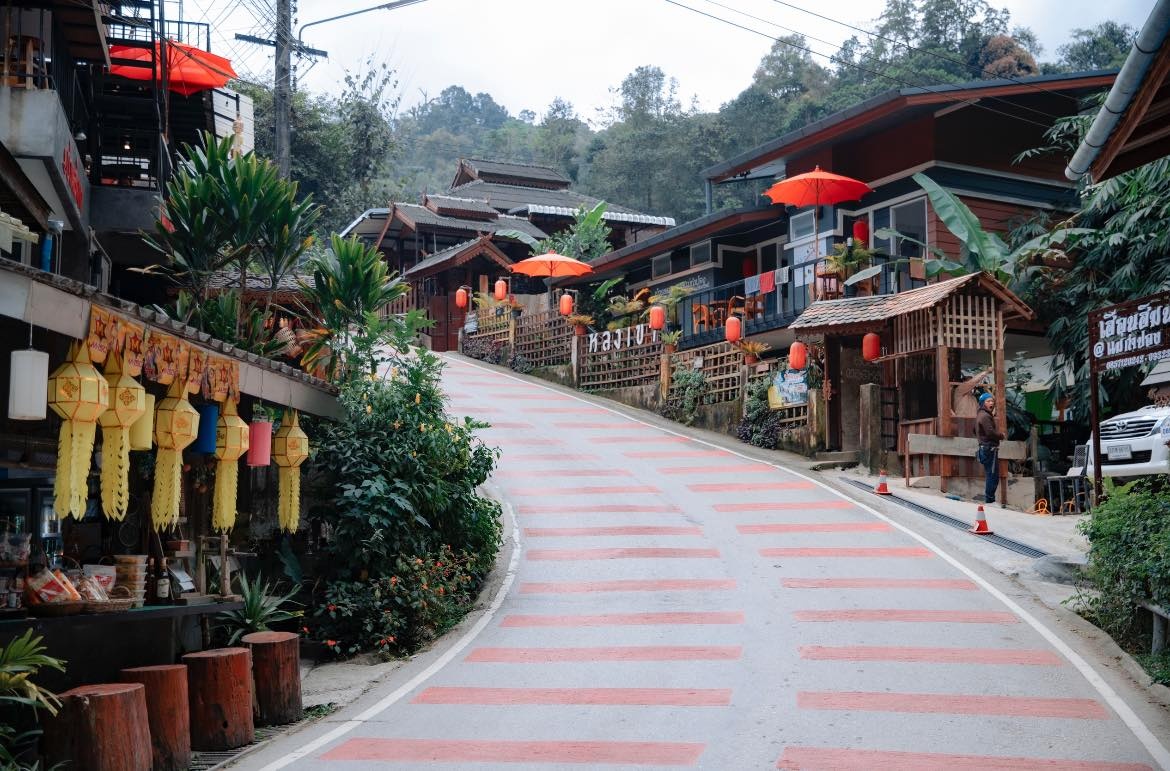
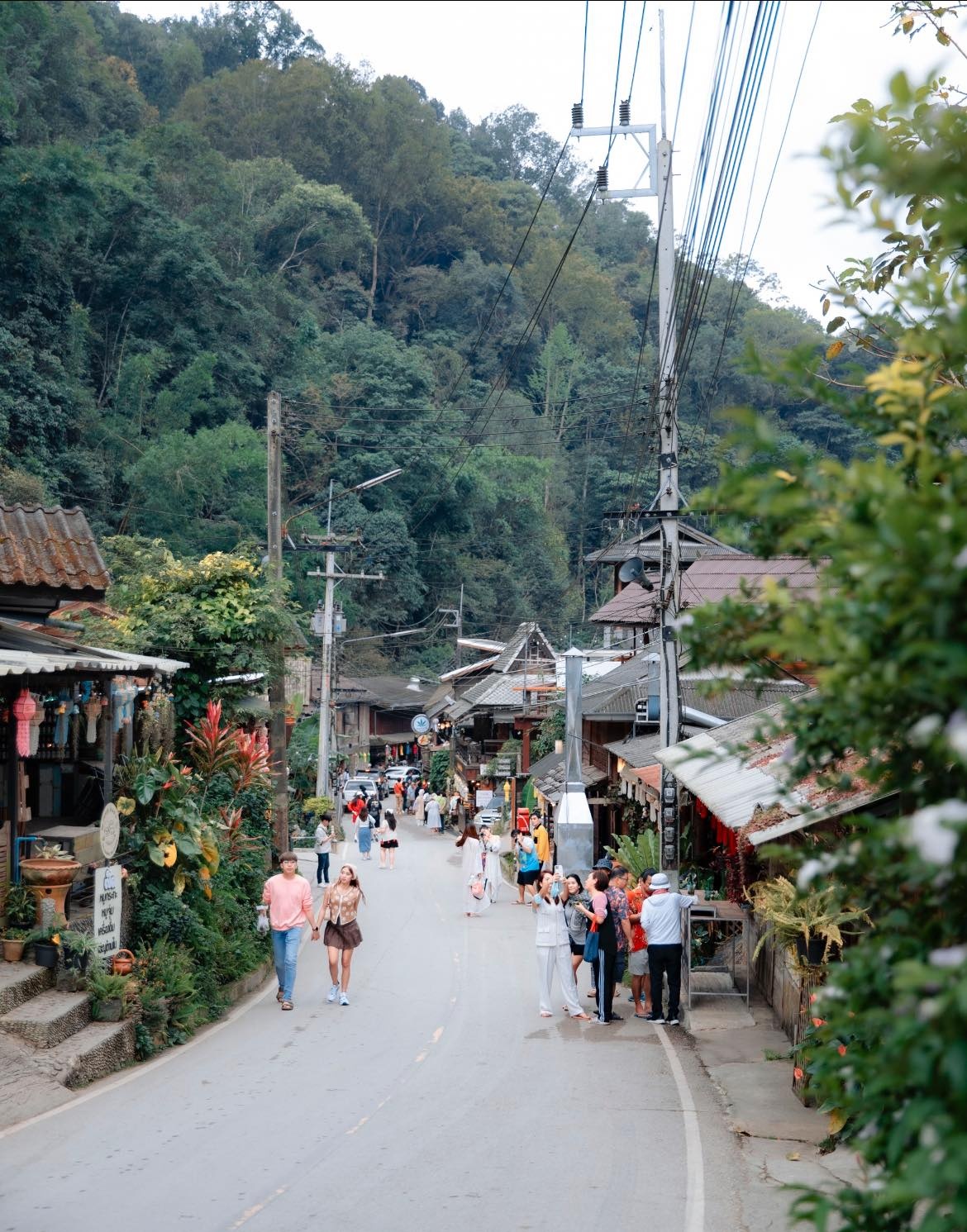
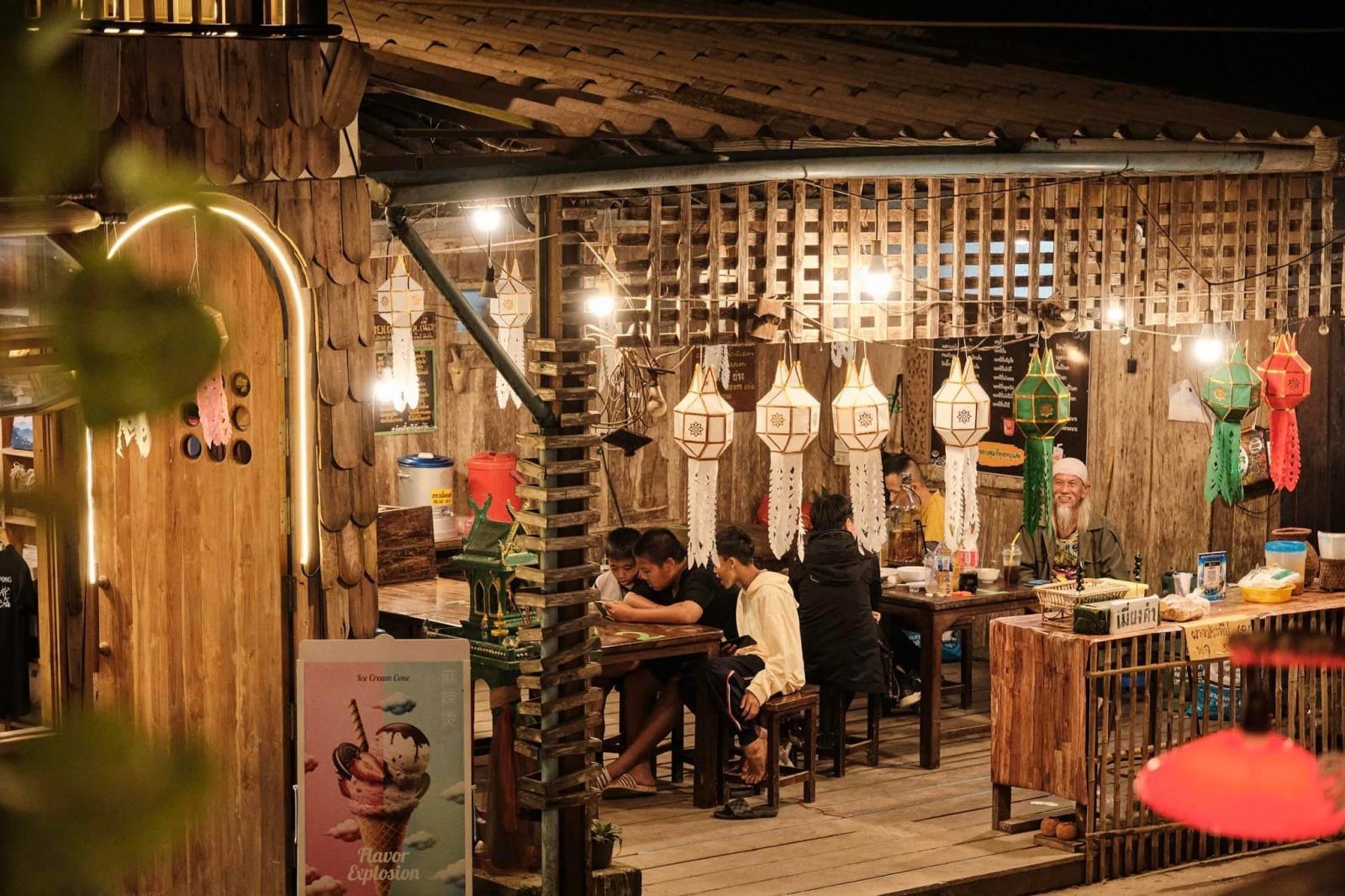
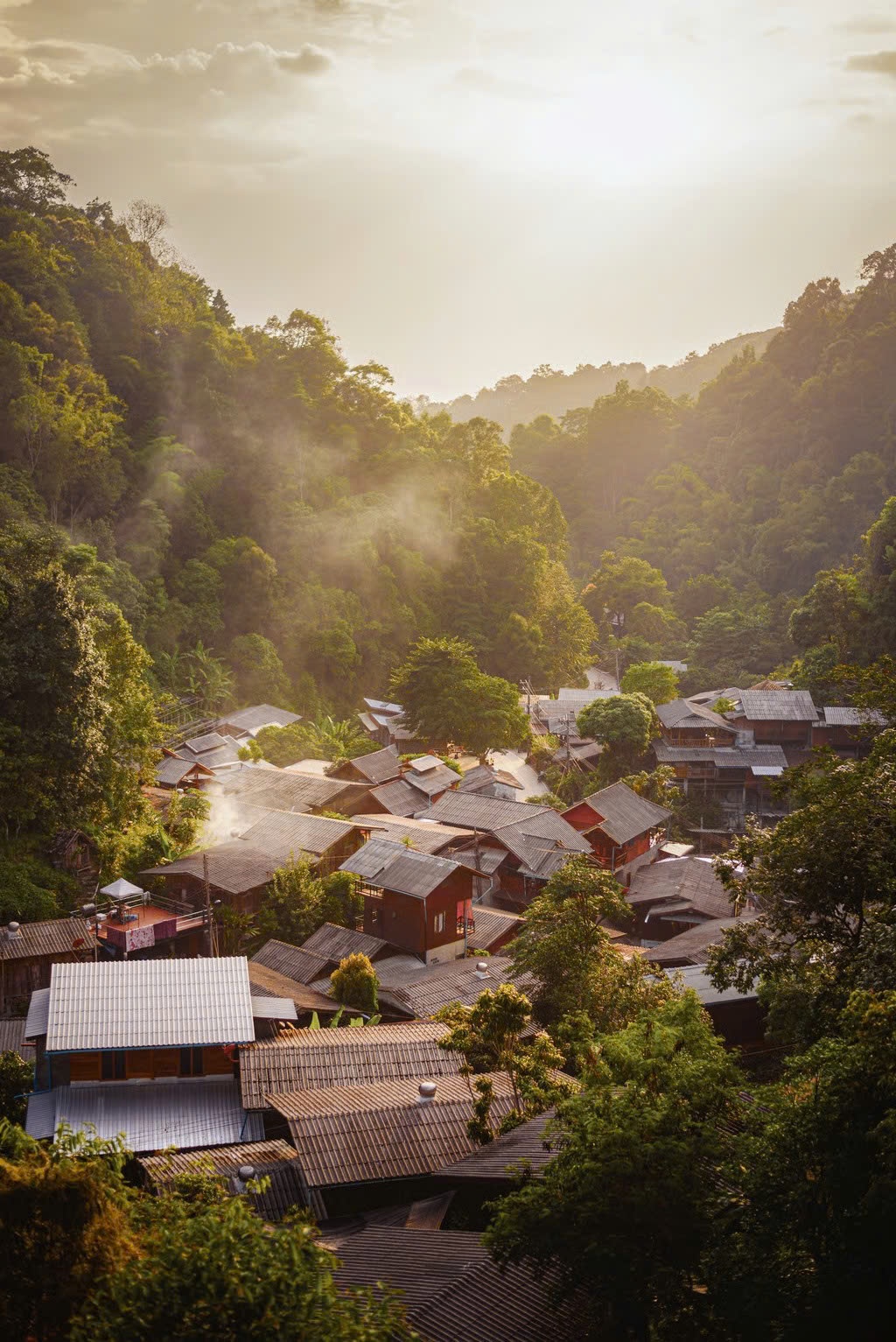
Mae Kampong (Thailand) : About an hour's drive from Chiang Mai city, Mae Kampong is covered in a thin layer of mist and has a cool climate all year round, suitable for growing tea and coffee. Visitors can sip hot drinks by the stream, experience tea picking, and take care of livestock with the locals. Revenue from community tourism helps the village maintain schools, build roads, and operate a mini hydroelectric station. If you only have one day to explore the village, you can buy a package tour for 1,300 baht/person. Photo: Jaboo2foto, Blog Của Rọt, Mavis Vi Vu Ky.
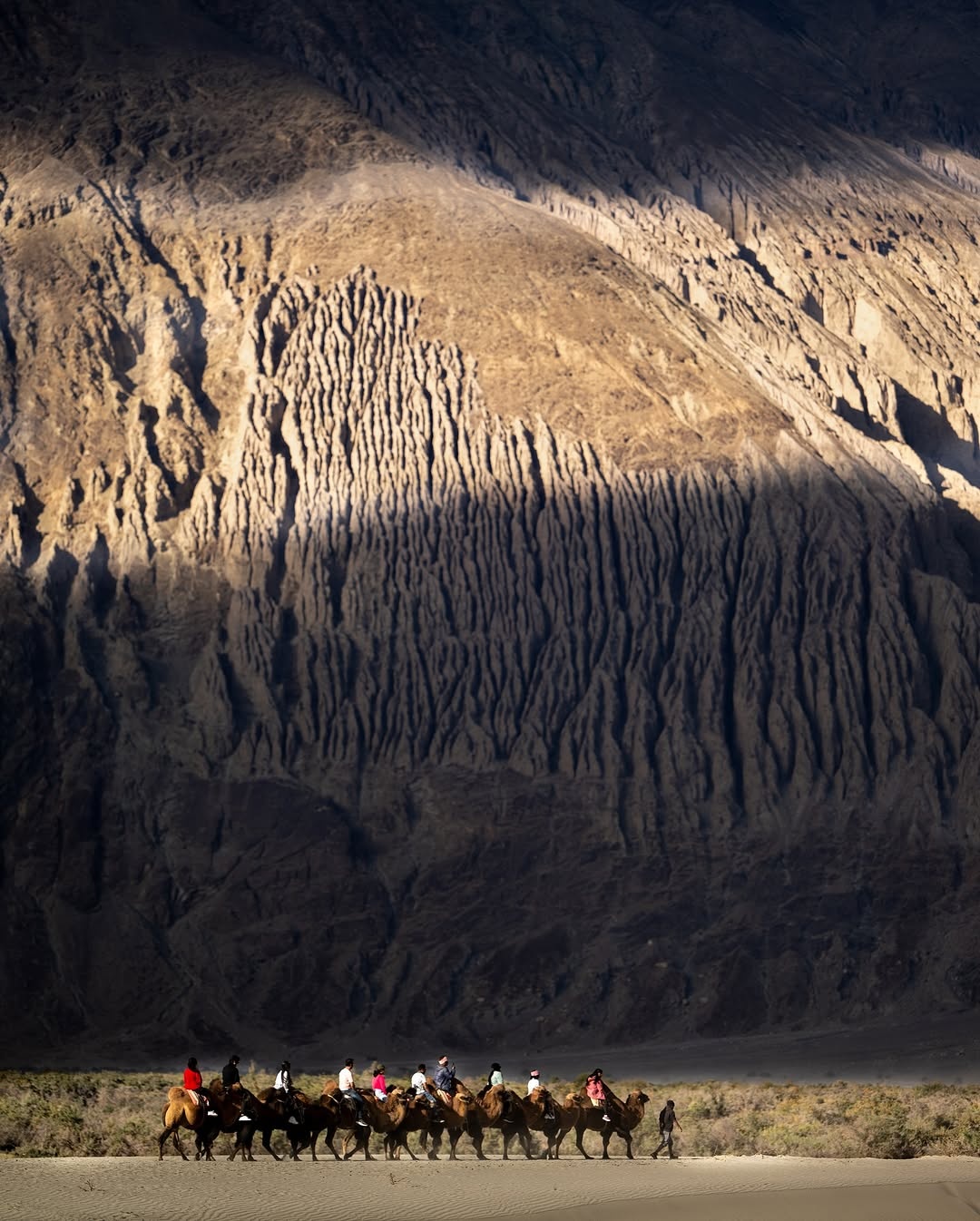
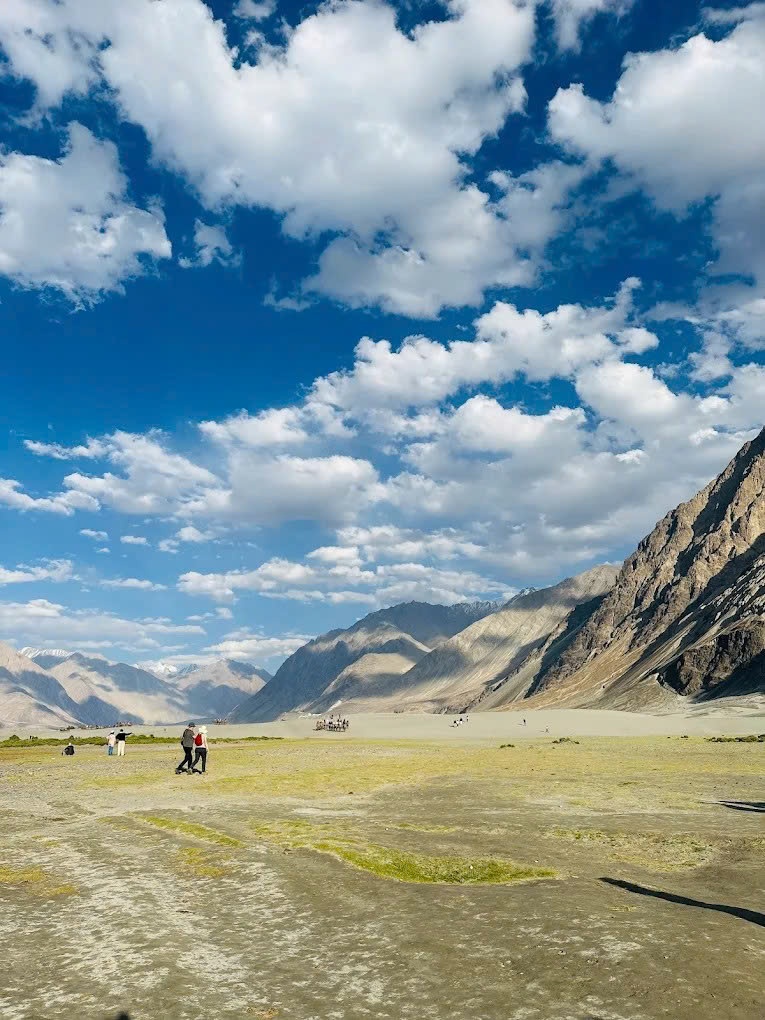
Hundar (India) : Nestled between the Nubra sand dunes and the foothills of the Himalayas, Hundar blends Buddhist colors, wild beauty, and northern Indian hospitality. Standing out against the white sand are the ruins of the Elephant Palace and ancient red-white gompa monasteries. At night, visitors can "glamp" and watch the stars. Experience a camel ride at sunset, offering a surreal scene as the mountains turn the valley purple and gold. Photo: @gyanendradas, Mir Majid.

Ella (Sri Lanka) : Nestled in the tea plateau, Ella is a quiet stop for those who want to avoid the dusty coastal tourist routes. The Colombo - Badulla train crosses the Nine Arch Bridge for breathtaking views of terraced tea fields, waterfalls and jungles. Visitors often choose the Little Adam's Peak hiking trail with a 360-degree view of the clouds and mountains. Here, the resort, priced from 200 USD/night, is built entirely from recycled wood on a tea plantation, facing the majestic Ella Gap. Photo: The Common Wanderer.
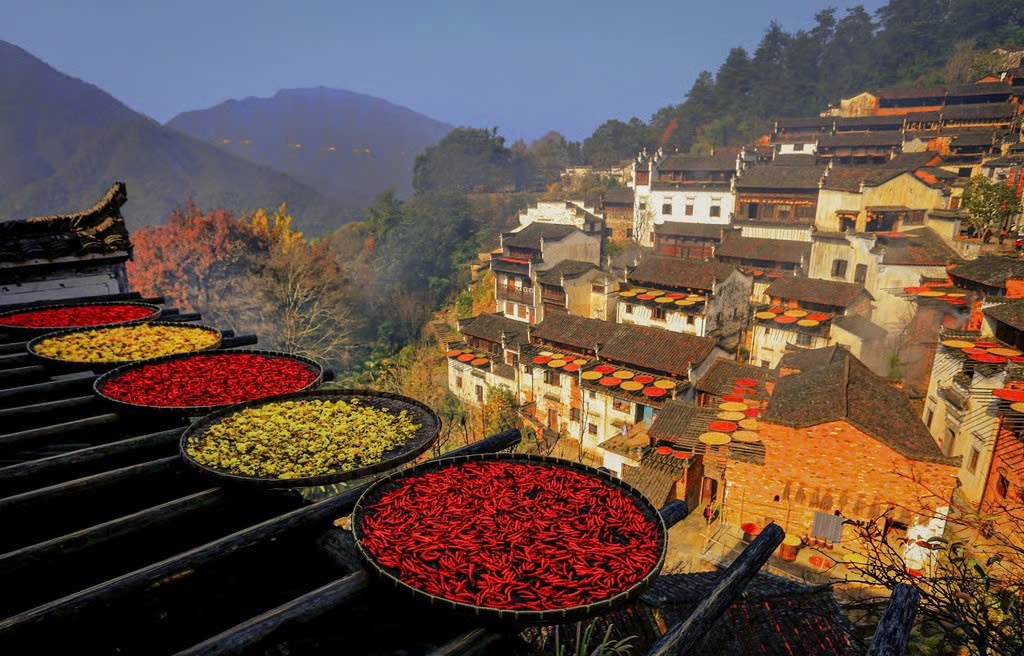
Huangling (China) : Clinging to the slopes of Wuyi Mountain (Jiangxi Province), the ancient village of Huangling is ablaze with "golden roofs" every autumn. From the black roof tiles, people dry red peppers, yellow corn, and wild chrysanthemums, turning the village into a brilliant carpet. The 500-year tradition of drying agricultural products was lost until its revival in 2009, turning Huangling into a model rural tourist destination. A cable car takes visitors from the foot of the mountain to the village, gliding over terraced fields and the most crowded viewing platform during the drying season. Photo: Xinhua News Agency.
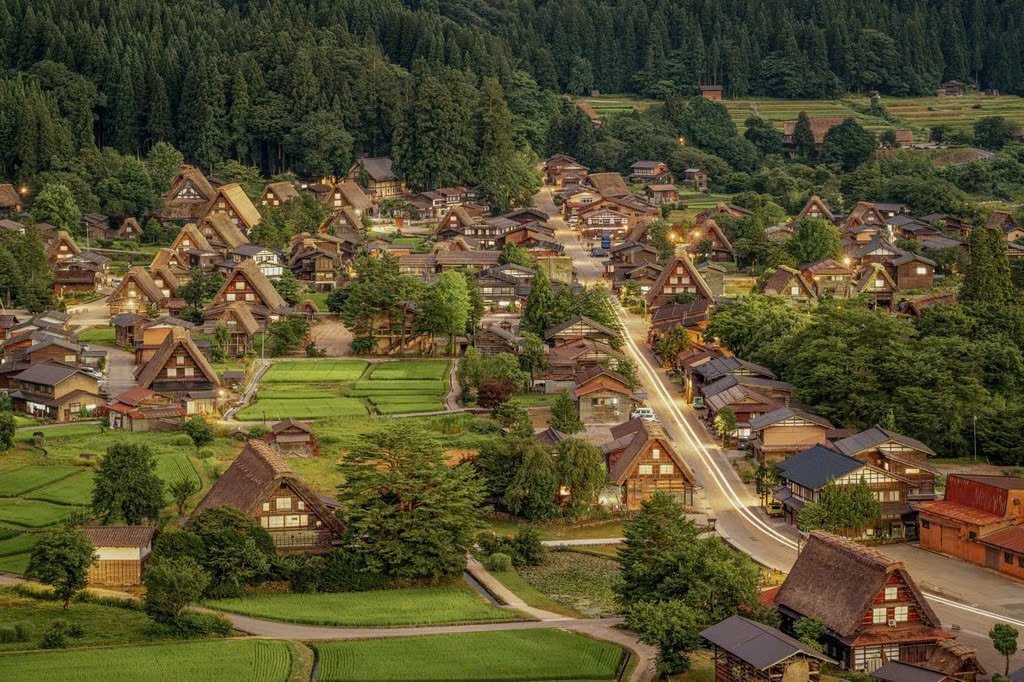
Shirakawa (Japan) : Set in the Gifu Mountains, Shirakawa evokes memories of ancient Japan with its gassho-zukuri thatched roofs that slope 60 degrees to allow the snow to slide down. Some of the old houses have now been turned into high-end ryokan (traditional inns) such as Shiroyamakan (from 353 USD/night) and Shimizu (from 8,800 yen/night), which serve tea ceremony-style dinners by wood-fired stoves. The village's appearance changes over the four seasons, from white winters, cherry blossom springs, green summers, to red and yellow autumns.
znews.vn
Source: https://lifestyle.znews.vn/ta-van-lot-top-lang-tren-may-dep-nhat-chau-a-post1568773.html








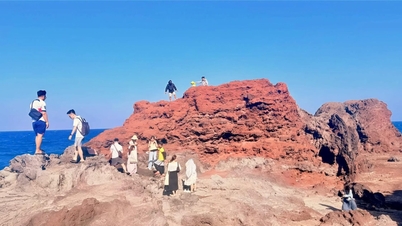






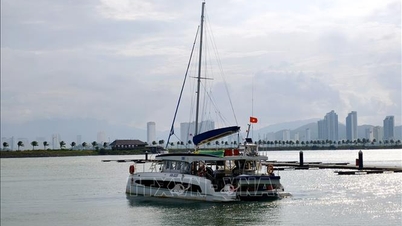

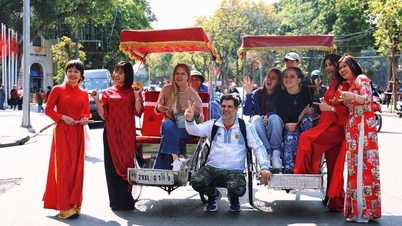

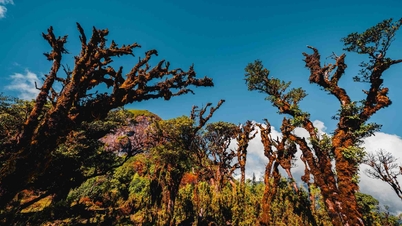

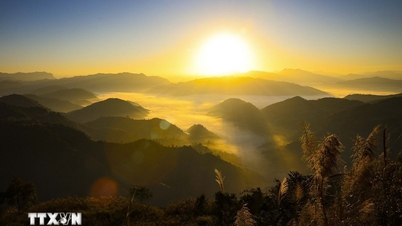
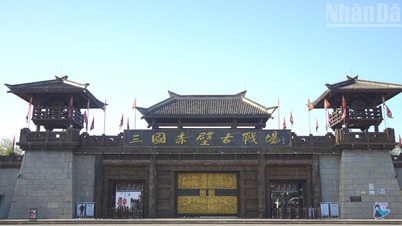

![[Photo] Parade to celebrate the 50th anniversary of Laos' National Day](https://vphoto.vietnam.vn/thumb/402x226/vietnam/resource/IMAGE/2025/12/02/1764691918289_ndo_br_0-jpg.webp)
![[Photo] Worshiping the Tuyet Son statue - a nearly 400-year-old treasure at Keo Pagoda](https://vphoto.vietnam.vn/thumb/402x226/vietnam/resource/IMAGE/2025/12/02/1764679323086_ndo_br_tempimageomw0hi-4884-jpg.webp)
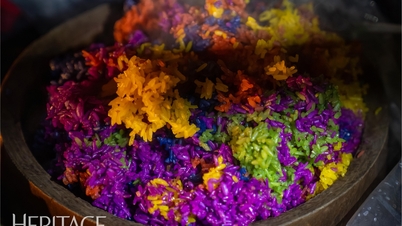






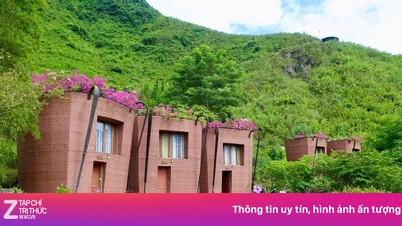




![[Photo] Parade to celebrate the 50th anniversary of Laos' National Day](/_next/image?url=https%3A%2F%2Fvphoto.vietnam.vn%2Fthumb%2F1200x675%2Fvietnam%2Fresource%2FIMAGE%2F2025%2F12%2F02%2F1764691918289_ndo_br_0-jpg.webp&w=3840&q=75)






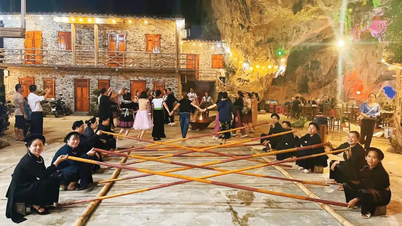

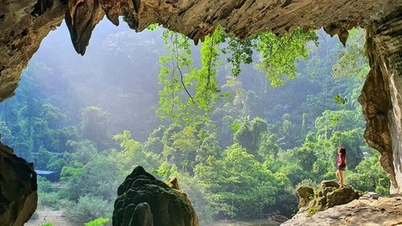
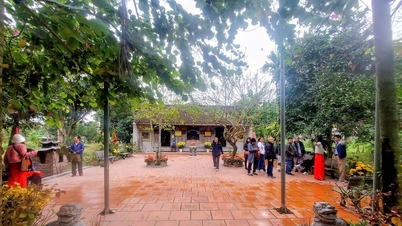






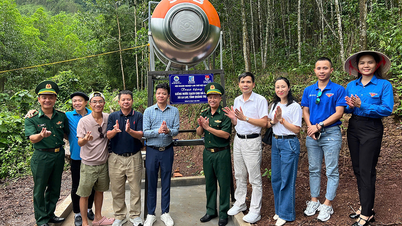





![[VIMC 40 days of lightning speed] Hai Phong Port determined to break through, reaching the target of 2 million TEUs by 2025](https://vphoto.vietnam.vn/thumb/402x226/vietnam/resource/IMAGE/2025/12/04/1764816441820_chp_4-12-25.jpeg)






















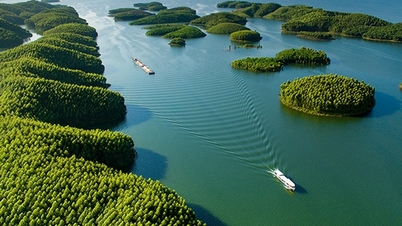

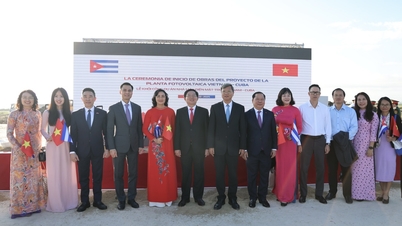



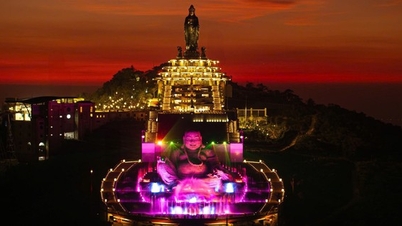
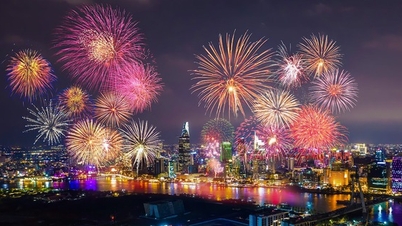
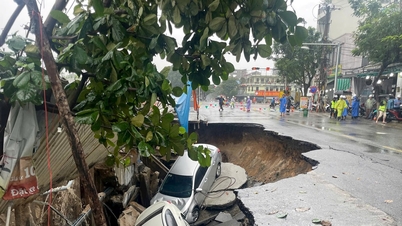



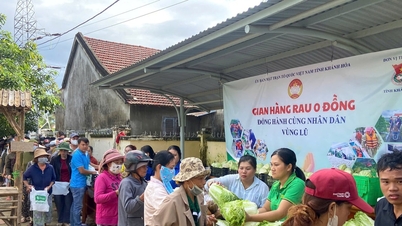


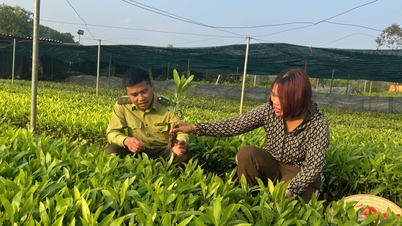

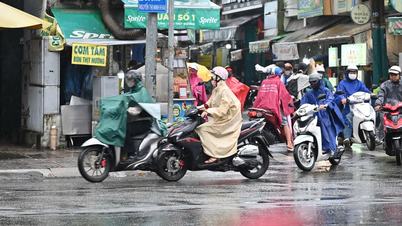














Comment (0)